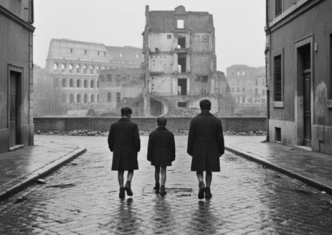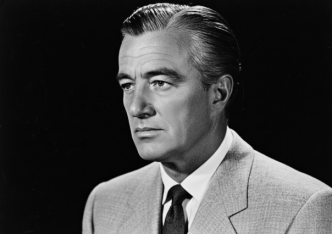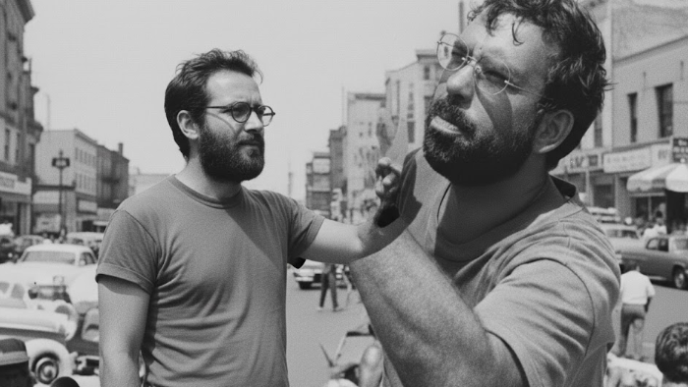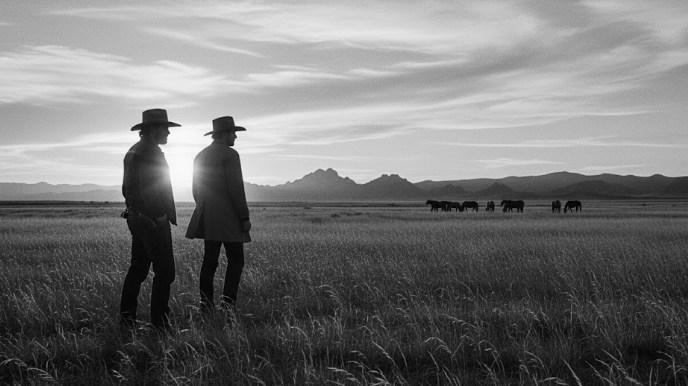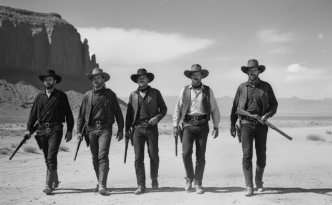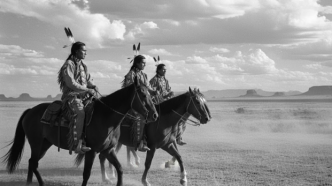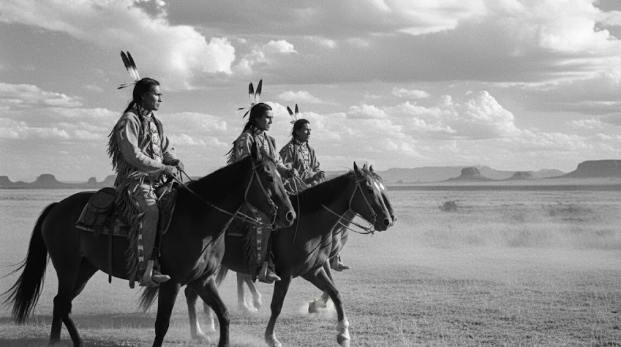Shot on the war-torn streets of Rome just months after the Nazi occupation ended, Roberto Rossellini’s Rome, Open City (1945) is not simply a film; it is a raw, visceral bulletin from the frontlines of history. It was a cinematic cry of pain and perseverance that stunned audiences worldwide with an authenticity that felt closer to a newsreel than a traditional drama.
The film, which Rossellini began scripting before the war was even over, captured the moral and physical devastation of the occupation with a blazingly urgent style that would define the Italian Neorealist movement and bring it to international acclaim. By blending melodrama with a documentary-like immediacy, Rossellini created a harrowing and deeply human portrait of resistance, sacrifice, and the struggle for dignity amidst the chaos of war.
Cinema in a State of Emergency
The film’s very production was an act of neorealist necessity. With Rome’s famed Cinecittà studios damaged, Rossellini took his cameras to the actual streets, alleys, and apartments where the events of the occupation had just unfolded. He used salvaged film stock and was forced to post-synchronize the sound, resourcefulness that mirrored the struggles of the characters themselves. This gritty, on-location shooting gave the film an unparalleled sense of realism; the rubble-strewn alleys and scarred buildings were not sets, but the authentic, still-bleeding wounds of the city.
This commitment to authenticity extended to the cast. Rossellini blended performances from professional actors, like the fiery Anna Magnani as the pregnant working-class hero Pina and Aldo Fabrizi as the courageous priest Don Pietro, with non-professionals. In a move that further blurred the line between fiction and reality, he even used real German prisoners of war to play the Nazi soldiers, having them reenact the military sweeps they had carried out just months earlier.
A United Front: The Moral Heart of the Resistance
The screenplay, co-written by a young Federico Fellini, tells the story of a cross-section of Roman citizens united in their struggle against the Nazi occupiers. The film’s moral core is its celebration of this unlikely solidarity. It brings together Giorgio Manfredi (Marcello Pagliero), a communist resistance leader; his fiancée Pina (Magnani), a devoutly Catholic working-class widow; and Don Pietro (Fabrizi), the local priest who uses his clerical status to aid the partisans.
This alliance between communists and Catholics was a true reflection of the Italian Resistance, and Rossellini uses it to create a powerful humanist message. The film is not about political ideology, but about a shared struggle for human dignity against an oppressive and brutal force. The heroism of the characters is grounded and relatable, born from everyday circumstances rather than grand gestures.
The Unflinching Gaze: Depicting Wartime Brutality
Rome, Open City does not flinch from depicting the horrific human cost of war. Rossellini’s style is severe and unsparing, refusing to romanticize the resistance or soften the cruelty of the occupation. This is most powerfully demonstrated in the film’s iconic and shocking death scenes.
The most famous of these is the death of Pina. During a raid on her apartment building, her fiancé Francesco is arrested. As the truck drives away, Pina breaks free from the soldiers holding her and runs screaming after him, only to be mercilessly gunned down in the middle of the street. Rossellini’s camera captures the senseless, gratuitous violence of the act, creating one of the most unforgettable moments in cinema history.
The film’s climax is equally harrowing. After being betrayed by Manfredi’s drug-addicted ex-girlfriend, both he and Don Pietro are captured by the Gestapo. In a brutal sequence, Manfredi is tortured to death while Don Pietro is forced to watch, refusing to betray his atheist friend or his faith. The film culminates in Don Pietro’s own execution by firing squad, a scene made all the more poignant as it is witnessed by the young boys of his parish, who whistle a partisan tune in a final, small act of defiance. The final shot, showing the boys walking away with St. Peter’s Basilica on the horizon, offers a glimmer of hope for the next generation, even in the face of utter devastation.
Conclusion: The Birth of a Movement
Rome, Open City is a landmark of world cinema. Its raw power, documentary-like style, and profound humanism established the core tenets of Italian Neorealism and demonstrated the power of cinema to bear witness to history. It was a film born from the urgency of its moment, a painful and passionate cry from a city in ruins that resonated across the globe and forever changed the language of film.

Dario Loce is the founder and editor of Celebrimous. He is a lifelong film enthusiast and the author of several locally-published books on cinema history and analysis. His passion is deconstructing the “how” and “why” of filmmaking, from the director’s vision to the editor’s cut. When not lost in a classic film, he’s usually walking through the city, replaying scenes in his mind like unfinished stories.
